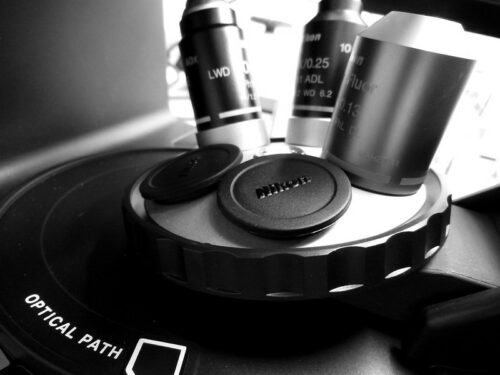Image Courtesy of Flickr.
Proteins, the molecular machines within a cell responsible for basic biological functions like maintaining structure and facilitating reactions, are made up of amino acids—a type of organic molecule with a specific domain that allows them to attach to one another like Lego blocks. Like the four bases of DNA which are common to all organisms on Earth, scientists have discovered twenty different amino acids, each with varying properties that allow for specific protein functions, that are conserved across all organisms, whether they are archaea, bacteria, or eukaryotes—the three domains of life.
Recently, scientists have also discovered two other amino acids used by organisms to assemble proteins: selenocysteine and pyrrolysine. In a study published in the Journal of Biological Chemistry, a group of Yale researchers outlined a new family of enzymes that allows cells to integrate the latter amino acid into proteins. The authors were also able to pinpoint the time in evolutionary history in which the two families diverged, which they estimated to be before the three domains of life even emerged.
“It’s quite amazing that cells can do so much with just twenty amino acids; by adding unnatural amino acids, we can expand the functions that proteins can have,” said Jeffery Tharp, the lead author of the study and a professor at the Indiana University School of Medicine. Studying the machinery cells use to add these noncanonical amino acids into proteins offers researchers powerful insights into engineering enzymes that can access the unique properties of other unnatural amino acids.

